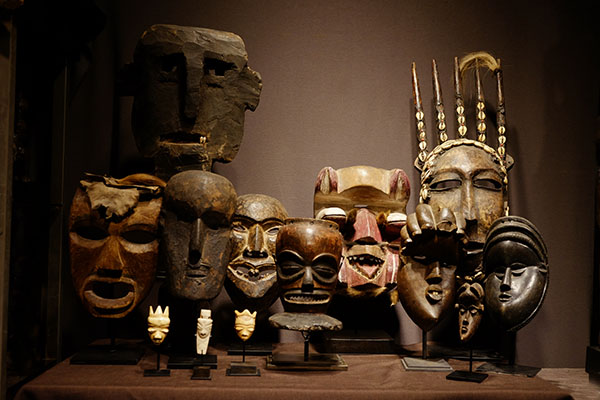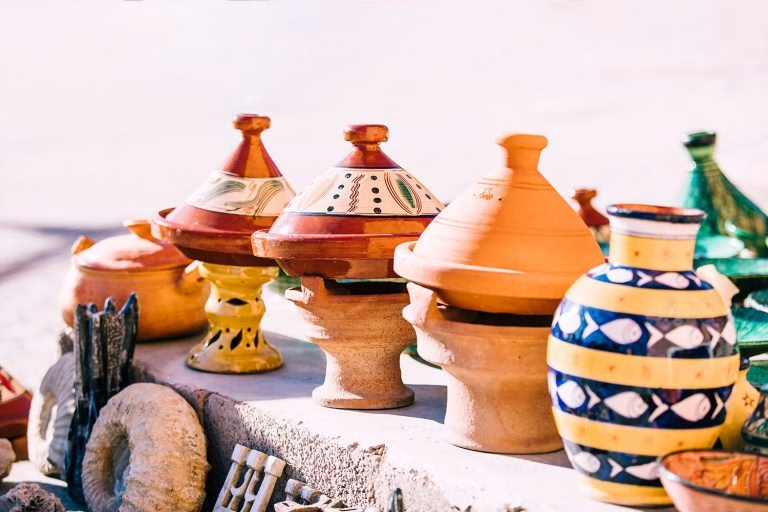African tribal art is a captivating expression of the continent’s diverse cultures, beliefs, and traditions. With a history spanning thousands of years, it reflects the creativity and spirituality of African communities. From masks and sculptures to jewelry and textiles, each artifact carries a unique story and significance.
One of the most iconic forms of African tribal art is masks. These intricately carved wooden masks are used in various ceremonies and rituals, representing spirits, ancestors, or deities. They are believed to bridge the gap between the human and spiritual realms, channeling the energy and wisdom of the divine.
Sculptures are another vital aspect of African tribal art. Carved from wood, stone, or metal, these sculptures depict human figures, animals, or mythical creatures. They serve as symbols of power, protection, fertility, or the supernatural. Some sculptures are used as shrines, while others adorn homes or public spaces.
Textiles play a crucial role in African tribal art, showcasing vibrant colors, patterns, and weaving techniques. Each tribe has its distinct textile tradition, often using locally sourced materials like cotton, silk, or raffia. These textiles are used for clothing, ceremonial purposes, or as decorative elements in homes.

African tribal art is deeply rooted in spirituality and ancestral reverence. Many artifacts are associated with initiation rites, harvest festivals, weddings, and funerals. The art forms are handed down from generation to generation, preserving cultural identity and passing on ancient knowledge. The techniques used in creating African tribal art vary across regions and tribes. Some artisans use traditional hand tools like chisels and adzes, while others incorporate modern tools for efficiency. The intricate detailing and skillful craftsmanship continue to inspire artists and collectors worldwide.
The art’s cultural significance extends beyond aesthetics. It holds social, political, and economic value within African communities. Artifacts are used to reinforce social bonds, mark social statuses, or facilitate trade and bartering. In recent years, African tribal art has gained global recognition and appreciation. Galleries and museums around the world showcase these artworks, celebrating the continent’s rich artistic heritage.
African tribal art is a testament to the rich tapestry of African culture and its artistic traditions. It offers a glimpse into the spiritual, social, and historical aspects of various tribal communities. By embracing and celebrating African tribal art, we not only honor the legacy of these communities but also gain a deeper understanding and appreciation for the beauty and diversity of the African continent.

